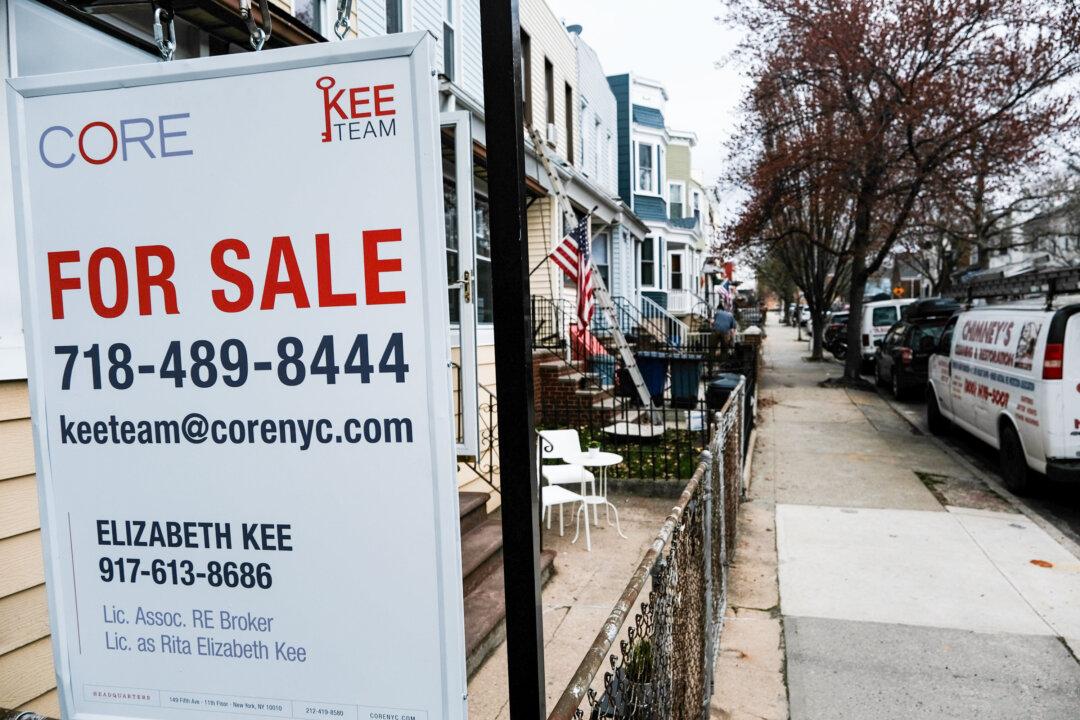Interest rates on mortgage loans have dipped to their lowest level in almost 15 months, with mortgage applications increasing in tandem.
The average rate on a 30-year fixed-rate mortgage fell to 6.47 percent for the week ending on Aug. 8, according to latest data from Freddie Mac.





